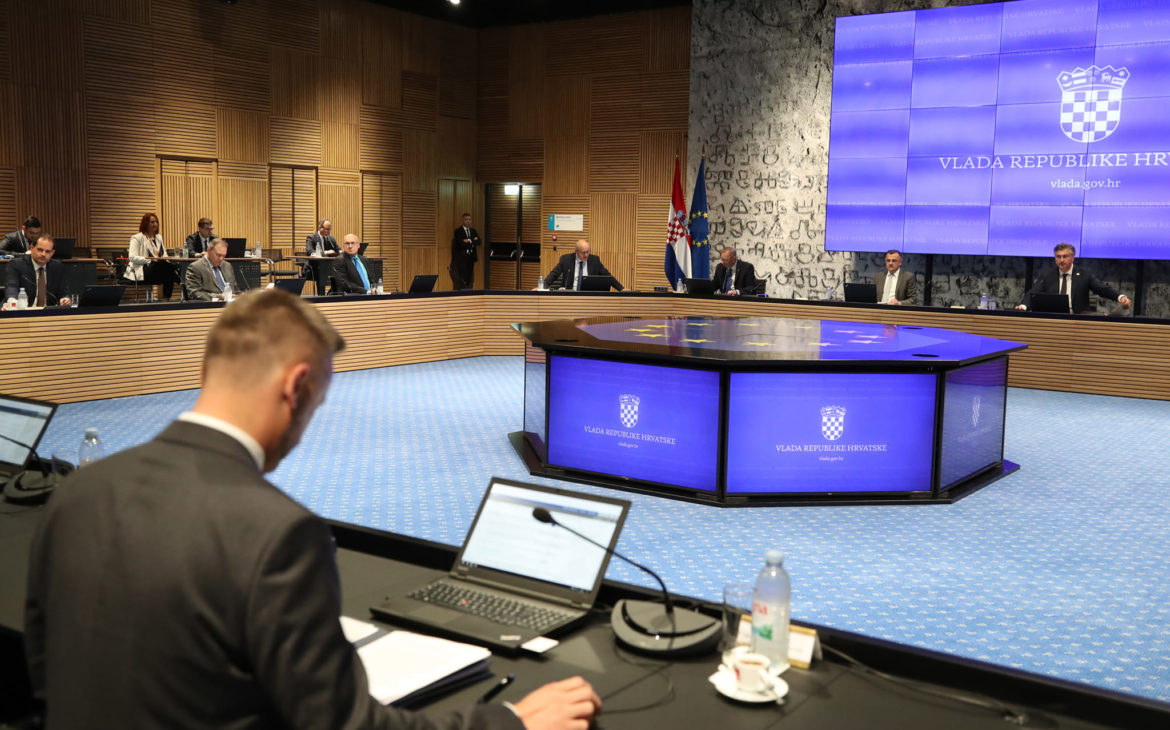The statement regarding the inflation rate is neither entirely accurate nor entirely inaccurate.
On the official Facebook page of the HDZ, on May 3rd, 2024, a status was posted stating: “Inflation continues to fall for the 17th consecutive month. It is the lowest since September 2021. Over the past 12 months, Hungary, Romania, the Czech Republic, Slovakia, and Poland have had higher rates…”
The statement is neither entirely accurate nor entirely inaccurate; more precisely, parts of the statement are accurate, while others are not.
The first part of the statement, “Inflation continues to fall for the 17th consecutive month,” is not accurate, as indicated by inflation data on the official website of the Croatian Bureau of Statistics. Inflation has been declining since November 2022, but there was an exception in August 2023 when the continuous downward trend was interrupted. Therefore, it can be concluded that inflation has not been falling for 17 consecutive months but rather for the eighth consecutive month. The graph below in the text illustrates these data, and it is available on the official website of the Croatian Bureau of Statistics.
The second part of the statement: “Inflation is the lowest since September 2021” is correct. According to data from the National Bureau of Statistics, the prices of goods and services for personal consumption, measured by the consumer price index, in September 2021 compared to September 2020, i.e. on an annual basis, were on average 3.3 percent higher, while in October 2021, they were on average 3.8 percent higher on a yearly basis. Furthermore, in November 2021, annual inflation was 4.8 percent, in December 2021, 5.5 percent, and in January 2022, 5.7 percent.
Inflation data from February 2022 to February 2024 can be seen from the attached CBS graph.
From the graph, it can be inferred that inflation from February 2022 to February 2024 on a yearly basis was also not lower than 3.3 percent, which it was in September 2021. In April 2024, according to CBS data, the prices of goods and services for personal consumption, measured by the consumer price index, compared to April 2023 (on a yearly basis) were on average 3.7 percent higher. Therefore, we conclude that the statement that inflation is the lowest since September 2021 is correct.
The third and final part of the statement: “Over the last 12 months, Hungary, Romania, the Czech Republic, Slovakia, and Poland have had higher rates than us” is incorrect.
According to Eurostat data (which, due to a different methodology, differ from the data of the National Bureau of Statistics), the annual inflation rate in Croatia for April 2024 is 4.7 percent, while in the entire eurozone (which does not include Hungary, Romania, the Czech Republic and Poland) only Belgium had higher inflation than Croatia, namely 4.9 percent. Slovakia recorded a lower rate than Croatia – 2.7 percent.
However, since Eurostat has not yet published data on inflation in April 2024 for the entire EU, the data for March 2024 at the EU level confirm that Croatia is among the countries with the highest inflation rate. In March 2024, only Romania had a higher inflation rate than Croatia (6.7 percent compared to 4.9 percent). The other countries mentioned in the statement had a lower annual inflation rate than Croatia – Hungary 3.6 percent, the Czech Republic 2.2 percent, Slovakia and Poland both 2.7 percent. These data are visible in the graph.

